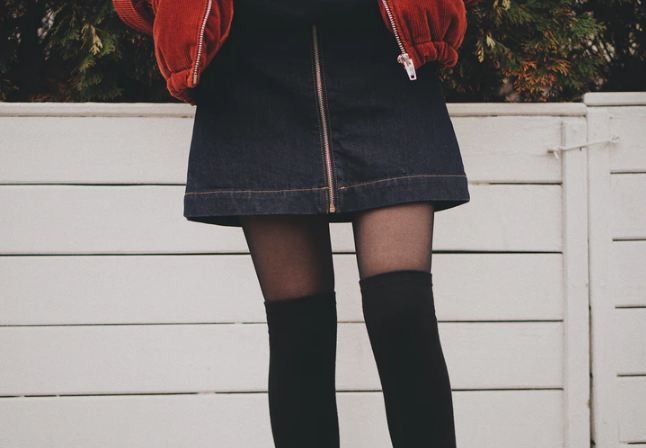Many of the most iconic events, personalities, and innovations happened in the ’60s. One of these great revolutions was the miniskirt, which became a driving force in fashion in the said era and endured many decades, still in the rage until today. Though debates are on who invented the garment, it was Mary Quant who was immortalized as its creator. In this article, let’s know more about her life, career, and contributions to the fashion industry.
Hailing from Blackheath, London, England, Mary Quant was born on February 11, 1934. Her Welsh parents, Jack and Mary Quant, were both teachers who came from mining families. She finished her secondary education in Blackheath High School and went to Goldsmith’s College of Art in London. After getting her diploma, she began designing and manufacturing her own clothes as an apprentice couture milliner.
In 1953, she met her husband and business partner, Alexander Plunket Green. Together, they partnered with Archie McNair, a photographer, and opened the fashion boutique “Bazaar” in 1955, located in King’s Road in London. Relating to young adults who find it challenging to look for nonchalant clothing, Quant took some elements from her childhood dance outfits and drew inspiration from Chelsea Beatniks to create her own distinct motif and design. The result was the usage of basic shapes and powerful colors, a style that captured the youth spirit during the sixties.
Her first boutique was a massive success and gained a good response from customers. Quant opened her shop two years later and continued to focus on the younger generation, banking on the principle that affordable fashion garments must also be available to the youth. Some of her best-known garments from the 60s include short pleated skirts, black patent-leather ankle-strap shoes, black stretch leggings, and mad pajamas.
Of course, she also helped commercialize and catapult miniskirts into popularity. It became one of the highlights of ‘60s fashion and Quant’s career. Before her era, skirts were pretty, but she trimmed them down to a reasonable length, finally allowing women to move freely. Thus, also transforming it into an everyday must-have.
In 1962, she penetrated the American market and went into mass-production to cover all the inundating requests from the U.K, Europe, and the U.S. for her products and design. Soon, her brand was known worldwide.
With her growing empire, she added a cosmetics line in 1966 and introduced many other fashion accessories. In the same year, Quant was designated as an Officer of the British Empire (OBE) Order (OBE) due to her massive achievements and contributions in the fashion industry. A truly momentous year, Quant also wrote her first book, Quant by Quant, in 1966 and continued to pen more other books.
In the 1970s and ‘80s, Quant focused on clothes, makeup, household goods, and interior and exterior design. She was continuously recognized and awarded while her popularity also grew throughout the decades. In 1975, “The Life of Mary Quant,” a one-hour feature of her life, was shown on BBC. She then published “Color by Quant” in 1984, “Quant on Make-up” in 1987, “Lipstick 101 Colours” in 1996, and “Classic Makeup and Beauty Book” in 1998. Her last book “Mary Quant: Autobiography” came in 2012, providing a detailed account of her works and prestigious career.
